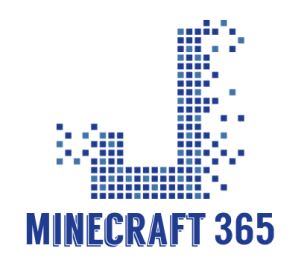Introduction
In an increasingly digital world, the verification of personal identity has become paramount. With the rise of fraudulent activities, data breaches, and privacy concerns, traditional methods of identity verification are proving to be insufficient. Blockchain technology has emerged as a viable solution for enhancing security and trust in digital identity verification.
Understanding Blockchain Technology
At its core, blockchain is a decentralized and distributed ledger technology that allows multiple parties to securely record, store, and retrieve information. The key features of blockchain include:
- Decentralization: Unlike traditional databases that are controlled by a single entity, blockchain is spread across a network of computers, removing the single point of failure and enhancing security.
- Immutability: Once data is written to the blockchain, it cannot be altered or deleted, ensuring the integrity of the information stored.
- Transparency: Transactions on the blockchain are visible to all participants, promoting accountability and trust.
The Significance of Digital Identity Verification
Digital identity verification is crucial for various sectors including banking, healthcare, and government services. It helps in:
- Preventing Fraud: Identity verification helps reduce identity theft and fraudulent activities.
- Enhancing User Experience: Streamlined verification processes lead to improved customer satisfaction.
- Ensuring Compliance: Businesses can meet regulatory requirements more effectively.
How Blockchain Enhances Digital Identity Verification
Blockchain offers several advantages for digital identity verification:
1. Security
By employing cryptographic techniques, blockchain ensures that personal data is securely stored and transmitted. With blockchain, users have ownership of their identity information, reducing the risk of unauthorized access.
2. Control and Privacy
Blockchain enables users to control their identity data and decide who has access to it. Self-sovereign identity models allow individuals to manage their personal information without third-party intervention.
3. Verified Credentials
Educational institutions and employers can issue verifiable credentials on the blockchain, making it easy for individuals to share their qualifications without risking tampering or forgery.
4. Fast Identity Verification
Blockchain can drastically shorten verification times. Instead of waiting days for approval, users can be verified in real-time, leading to faster transactions.
Real-World Applications of Blockchain in Identity Verification
1. Government Initiatives
Several governments are exploring blockchain for national ID systems. For example, Estonia has implemented a blockchain-based digital identity system that enables citizens to access a variety of public services securely.
2. Financial Services
Financial institutions are using blockchain to improve KYC (Know Your Customer) processes, making them more efficient, secure, and less costly. Such systems can share verified identity data among authorized institutions, reducing redundancy.
3. Healthcare Sector
In healthcare, blockchain can help ensure that patient identities are verified accurately, allowing for secure medical records sharing while maintaining patient confidentiality.
Challenges to Overcome
Despite the benefits, there are significant challenges when implementing blockchain for digital identity verification:
- Scalability: Many blockchain networks struggle with scalability issues which can hinder their ability to handle a large volume of transactions.
- Regulatory Concerns: The decentralized nature of blockchain raises questions regarding compliance with data protection regulations such as GDPR.
- Interoperability: For blockchain identity systems to be effective, they must be able to work with existing systems and standards.
Future of Blockchain in Identity Verification
Looking forward, the role of blockchain in digital identity verification is expected to grow. Innovations in technology will likely address current limitations:
1. Enhanced Security Features
As technology evolves, we can expect improved security protocols that further protect personal data.
2. Integration with AI and IoT
Combining blockchain with AI and IoT could enable smarter identity verification solutions, enhancing both security and efficiency.
3. Global Standards
The development of global standards for blockchain identity verification will facilitate wider adoption and streamline processes across borders.
Conclusion
Blockchain technology holds immense potential for transforming digital identity verification. By securing personal data and enhancing user control, it paves the way for a more trustworthy and efficient digital ecosystem. As challenges are addressed and adoption grows, blockchain may well become the cornerstone of digital identity verification in the future.
